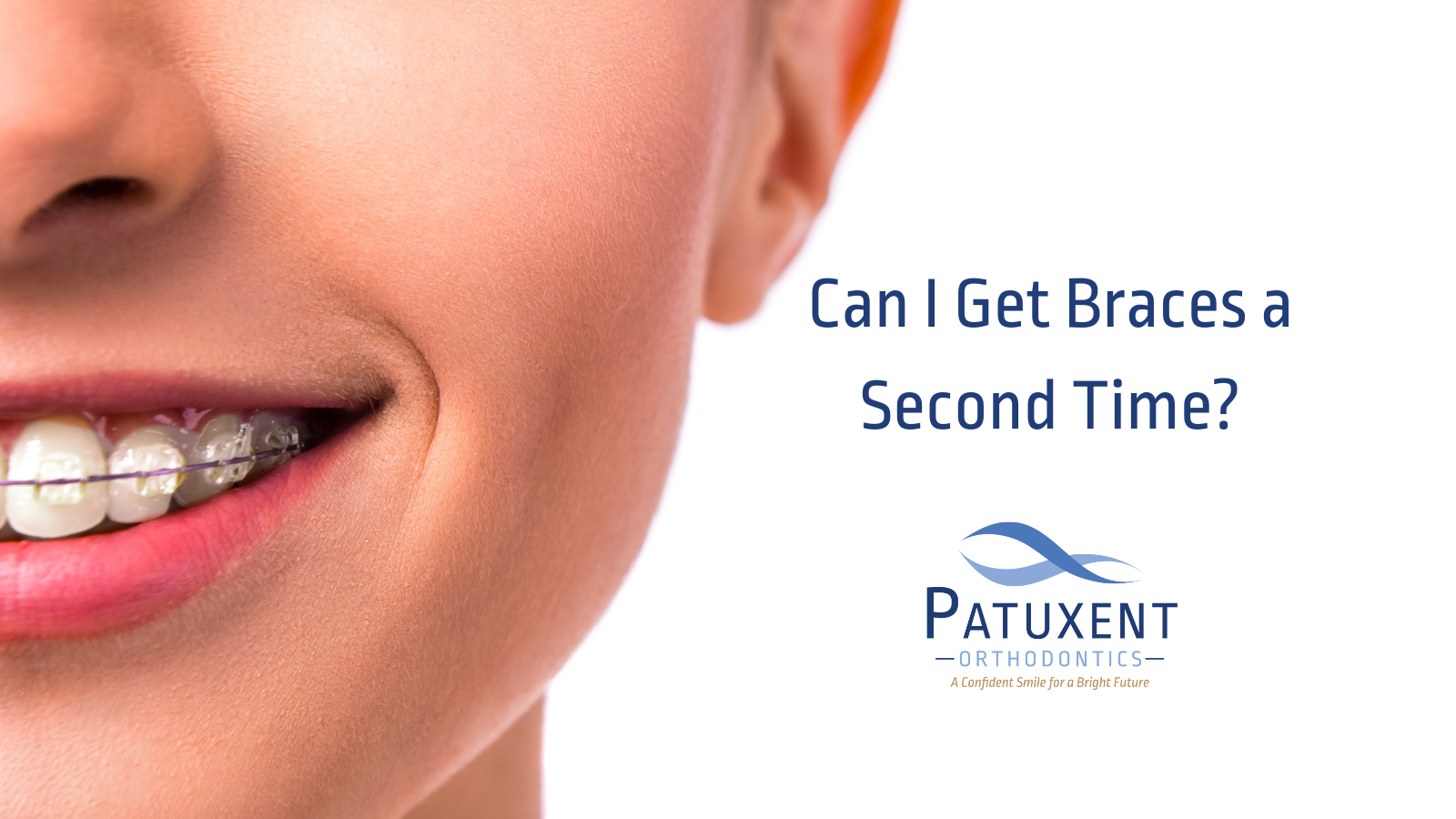Comprehensive Guide to Orthodontics Treatments for Fixing Dental Imbalances
Understanding the ins and outs of each treatment, including their systems, advantages, and possible disadvantages, is critical in making informed decisions regarding one's orthodontic treatment. As we browse via the comprehensive guide to orthodontic treatments for remedying dental misalignments, the elaborate details of each method will unravel, shedding light on the course towards a harmonious and practical oral alignment.
Orthodontic Procedures Review

Along with clear aligners and conventional braces, orthodontists might also advise other interventions like headgear, palatal expanders, or retainers to attend to certain positioning concerns (orthodontist). These procedures are customized to each individual's special needs and might include a combination of therapies to attain the desired results. Routine changes and tracking are vital parts of orthodontic therapy to ensure progression gets on track and to make any required modifications in the process. By going through orthodontic treatments, people can not just achieve a straighter grin but additionally improve their general dental wellness and feature.
Traditional Braces: Exactly How They Work
When thinking about orthodontic therapies for dental misalignments, traditional braces stand out as a time-tested method for correcting teeth placing. Traditional braces consist of braces, cables, and bands that function together to apply continual stress on the teeth, slowly moving them right into the wanted positioning.
As pressure is applied to the teeth with the dental braces, the bone surrounding the teeth is reshaped to sustain the new tooth settings. Patients will need normal adjustments at the orthodontist's office to make sure the braces proceed to apply the proper pressure for reliable teeth movement.
Unseen Aligners: Disadvantages and pros
Undetectable aligners offer a convenient and discreet alternative to conventional braces for fixing dental misalignments. These clear, tailor-made trays are basically undetectable when worn, making them an appealing option for people looking for a much more visually pleasing orthodontic treatment. Among the key advantages of unnoticeable aligners is their removability, allowing for easier upkeep of dental hygiene contrasted to typical dental braces. Individuals can eliminate the aligners before eating or brushing their teeth, reducing the threat of food obtaining embeded the device and simplifying the cleansing procedure.

Surgical Orthodontic Options
Surgical interventions in orthodontics present feasible options for resolving intricate oral imbalances that might not be effectively fixed via conventional orthodontic treatments. While typical braces and unnoticeable aligners can correct numerous orthodontic problems, particular situations need surgical treatment to accomplish optimal outcomes. Surgical orthodontic alternatives are typically recommended for severe malocclusions, considerable jaw inconsistencies, and cases where the underlying bone framework needs modification to attain correct positioning.
One typical surgical orthodontic treatment is orthognathic surgery, which involves rearranging the jaws to deal with practical concerns such as problem chewing or speaking. This surgery is commonly done in collaboration with an Click This Link orthodontist that helps align the teeth prior to and after the procedure. Surgical orthodontics may likewise entail procedures to reveal impacted teeth, remove excess periodontal cells, or reshape the jawbone to produce a more unified face profile.
Before thinking about surgical orthodontic options, individuals undergo a comprehensive examination to determine the requirement and possible advantages of such interventions. cumming invisalign. While surgery may appear daunting, it can considerably enhance both the feature and visual appeals of the smile in situations where standard orthodontic treatments fail
Retainers and Post-Treatment Treatment

Post-treatment care includes complying with the orthodontist's directions faithfully. This might consist of correct dental health techniques, participating in follow-up visits, and putting on the retainers as suggested. Failing to adhere to post-treatment care instructions can lead to regression, where the teeth slowly move back in the direction of their original settings. Consistent retainer wear, great dental hygiene, and normal dental examinations are necessary for preserving the results accomplished through orthodontic surgery and making certain the long-term security of the dealt with oral placement.
Verdict
In conclusion, orthodontic treatments supply different choices for remedying dental misalignments. Surgical orthodontic alternatives are offered for much more serious misalignments. Generally, orthodontic procedures can properly enhance dental health and wellness article and visual look.
As we browse through the detailed guide to orthodontic procedures for correcting dental imbalances, the elaborate information of each method will certainly unfold, losing light on the course toward a unified and practical oral alignment. - cumming orthodontist
One of the most common orthodontic treatments is the usage of braces, which are composed of metal brackets and Source cords that use mild stress to slowly move teeth right into the desired placement.When thinking about orthodontic therapies for dental misalignments, typical braces stand out as a time-tested approach for fixing teeth placing. Additionally, unnoticeable aligners might not be appropriate for complicated orthodontic concerns that call for even more substantial teeth movement, as they are generally suggested for moderate to moderate situations. Retainers are personalized orthodontic devices designed to hold teeth in their dealt with settings after the conclusion of orthodontic therapy.